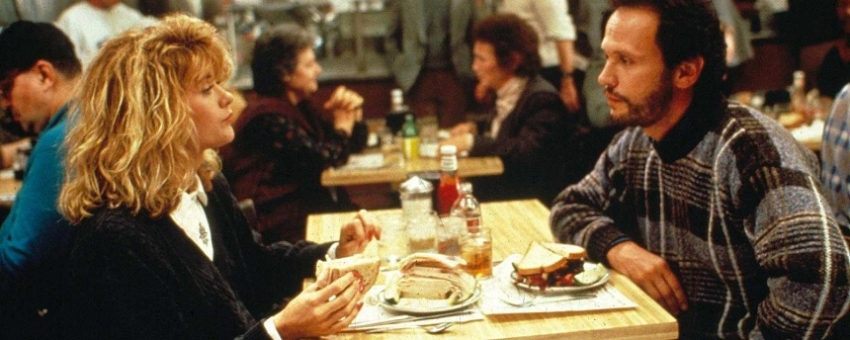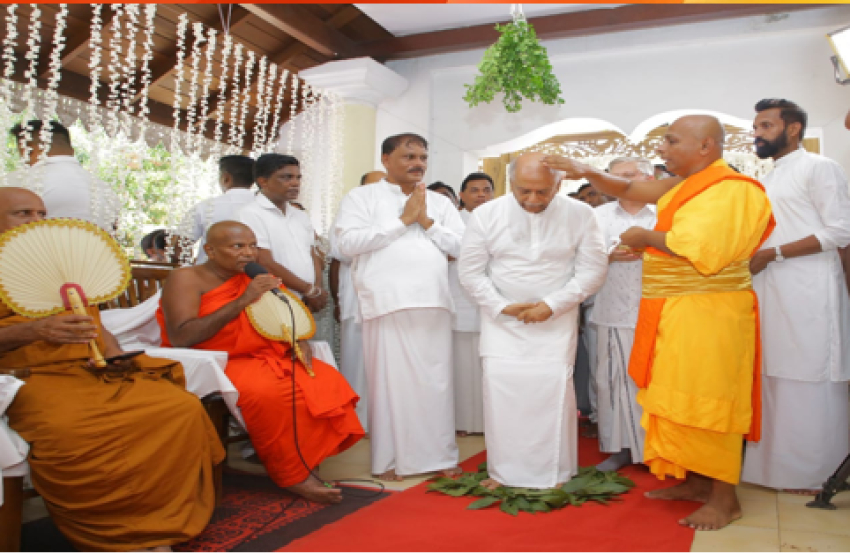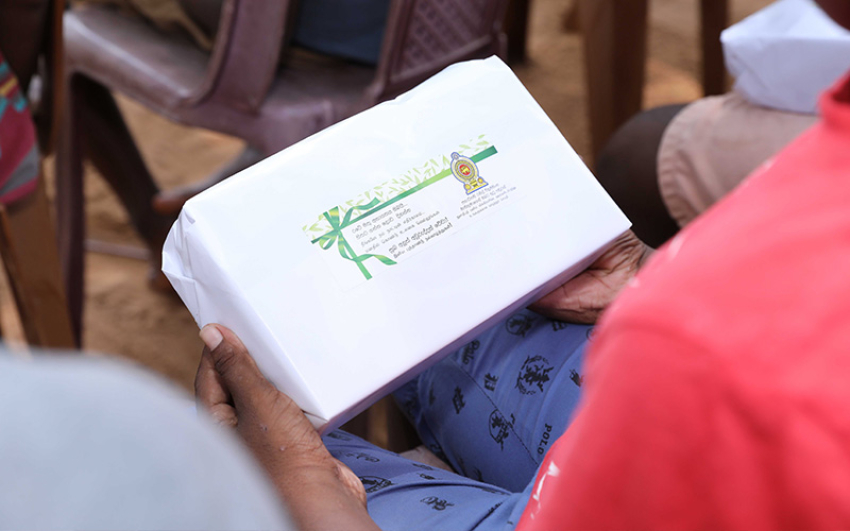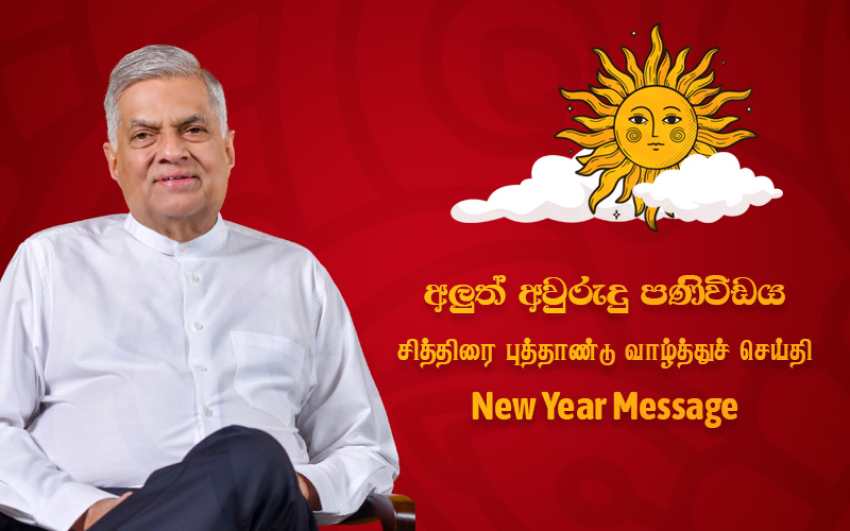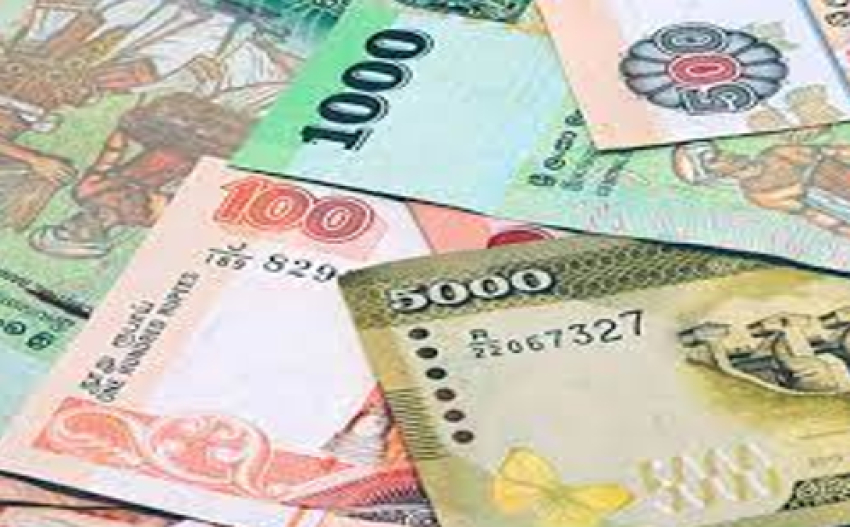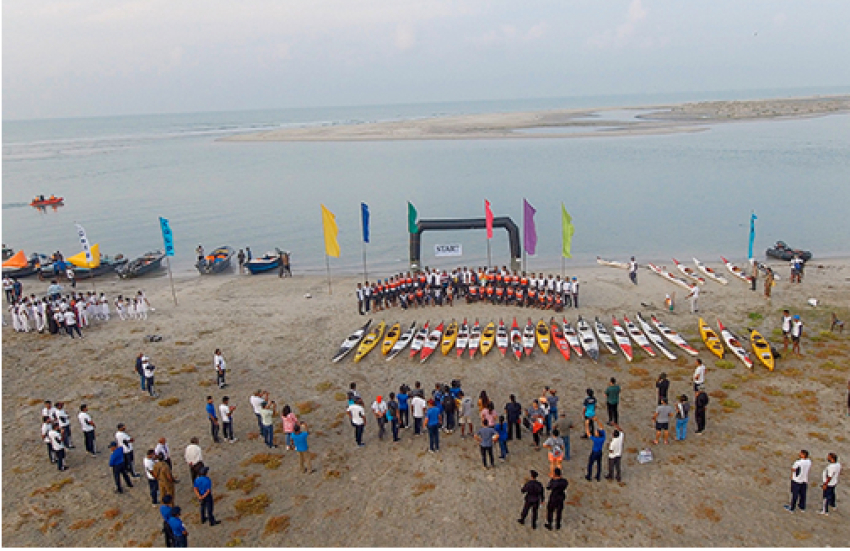Misreading signs of sexual interest is to be expected when we make friends with people we find attractive.
“Men and women can’t be friends because the sex part always gets in the way,” says Harry Burns in When Harry Met Sally, having been told moments earlier that friendship is all that he is getting. Sally lists her male friends with whom she is purely platonically interested. It is clear to her that friendship can come without attraction, but Harry disagrees.Who is right? The issue of the “friend-zone” – and the reasons that men and women view it differently – helps us to understand the ways that people judge sexual interest and the things that lead us to strike up friendships in the first place.
Trying to make a move on a friend is a balance of risk and reward, and men, more often than women, are attracted to opposite-sex friends, even when both people define the relationship as platonic.Men overestimated how attractive they were to the women, and the women underestimated how attracted the men were to themIn one study, men and women were asked to rate how attracted they were to each other and how attracted they thought their counterpart was to them after a brief conversation. The men overestimated how attractive they were to the women and women underestimated how attracted the men were to them.People who rate themselves as highly attractive are also more likely to overperceive other's sexual interest in them. Perhaps the confidence of being attractive leads them to take risks, or they think they are more attractive than they really are, and so get rejected more often.
“Once we expect something we tend to see it,” says Antonia Abbey, from Wayne State University, a social psychologist who studies relationships. “If you think someone is sexually attracted to you, you watch for it more. Like when a person leans forward or laughs, or whatever – they view [that] as a sexual sign. They might not notice that when they leaned in the other person backed off.”In the next stage of the experiment, the researchers invited other people to watch the conversation unfolding and were also asked to rate how attracted each party was to the other. Male observers agreed with the man; they thought the woman was more attracted to him than she reported herself. Female observers agreed with the women; they thought that there was less attraction between them. So far, both Harry and Sally are correct.This might be due to our gender stereotypes. Researchers like Abbey study the exchanges between people initiating romantic interest – called dating “scripts”. These scripts can reveal the sequence of events that lead to successful or unsuccessful pursuits of romance – and it turns out we often have pre-defined roles.
“Context really matters in interactions like this,” says Abbey. “Men might be looking for signs of attraction more than women because traditional gender roles suggest men take the initiative. It sounds old fashioned in 2019, but there have been quite a few qualitative studies that ask about dates and people tend to still have a lot of those traditional themes around who asks whom out, who pays and things like that. Women hold back and men feel the burden to take the lead.”If heterosexual men tend to be the initiators, what happens between lesbian couples? Compared with gay men, lesbians’ scripts are more focused on intimacy and less on sex. For bisexuals, even though their sexual attraction does not fit with heteronormative sexuality, their actions still match traditional expectations. So, bisexual women still behave as you would expect a heterosexual woman to behave on a date – by avoiding initiation.
People feel more regret for missed romantic opportunities than unsuccessful and embarrassing attempts to ask someone out (Credit: Getty Images)
And there are some benefits of having slightly ambiguous same-sex friendships.Women reported receiving protection from their opposite-sex friends more often than men did, and they perceived the protection as highly beneficial. Both men and women also said opposite-sex friends help give advice for how to attract mates. So, it works both ways. Having opposite-sex friends helps us out.Receiving protection might sound like an archaic benefit, but imagine that these behaviours are deeply rooted in our past. Our ancestors seem to have favoured serial monogamy; where couples are exclusive, but might not pair for life. One mother could have had several children by different fathers. While raising the child, it would have been useful to receive protection and resources from the man. By having children with multiple fathers and attracting other men as friends, a woman could receive protection from multiple men at the same time. To attract male friendships it might be simplest to give off subconscious signals of attraction.
“There is a Western notion that you marry and commit to your one and only,” says April Bleske-Rechek, from the University of Wisconsin-Eau Claire. But we are more complicated than that. “Both men and women want long-term mating but both are also willing to engage in short-term sex strategies when it is advantageous for them.”There might also be a subtle difference between sexual interest and romantic interest. One study corroborated the general rule that men overperceive sexual interest and women underperceive it, but also found that the rule did not apply to romantic feelings. This could support the idea that misperceptions occur when people are focused on short-term goals but not long-term relationships. Or could be explained away by the fact that romantic cues are less subjective, or tend only to be picked up after you have a pretty good idea the other person is sexually interested in you.
We subconsciously seek attractive friends in the first place, meaning romantic feelings are likely to develop (Credit: Getty Images)
We subconsciously seek attractive friends in the first place, meaning romantic feelings are likely to develop because there is already something about our friend that we find enticing. “Opposite-sex friends are very biased about their friends’ attractiveness. Men do this in particular,” says Bleske-Rechek. How heterosexual men make friends with women, she says, looks very similar to how men date – they tend to gravitate towards people that they are physically and emotionally attracted to regardless of whether they act on it.
“Opposite-sex friendships make your romantic life really complicated,” says Bleske-Rechek. “A decade ago I woke up in the night after a dream in which my husband was outside school talking to one of the other mums. This mum is a friend who is attractive, tall and lean. She is married to someone small and my husband is tall, so naturally it plays on my mind. In the dream he is making her laugh. She is everything that annoys me in terms of female rivalry. I wake up and hit him to tell him about the dream. He says ‘Do you want us to have less attractive friends?’” After all, she says, “we want friends who are similar to us, motivate us and are attractive because they offer a number of benefits”. Yet it comes at a price. “If you are aware of the motivations of the opposite sex, you can see that is a difficult situation.”
As a species, we are romantic risk-takersThe idea of rejection is not the reason that we rarely act on that attraction. People feel more regret for missed romantic opportunities than unsuccessful and embarrassing attempts to ask someone out. In one study, people were presented with various profiles of other daters and given feedback on their likelihood of success if they were to ask them out. When told that there was a 45% chance that a particular person would agree to a date, 83% still went for it. When the odds dropped to 5%, 41% said they would take a chance even though it was highly likely that they would be rejected. As a species, we are romantic risk-takers.“Rejection is painful but people still ask people out,” says Samantha Joel, assistant professor at the University of Western Ontario. “As agonising as rejection is, relationships must offer something more powerful.”
Women tend to overpercieve the attractiveness of their close female friends, compared to strangers (Credit: Getty Images)
The effect is also seen in less secure individuals, like people with anxiety or low self-esteem, for whom rejection might be more painful than other people. “That was a surprise because less secure individuals fear rejection the most and expect rejection more, which is often not true,” says Joel. “But these people very much want to be loved. The threat of having no one was even stronger. Their fear of rejection was stronger than most people, but so was the incentive to take the risk.”Abbey emphasises that our attitudes to our friends can easily change. “Most romantic interest builds over time,” Abbey says. “You might think you are in a platonic relationship but sometimes that can change. When you try to act on the changed feeling sometimes it works, like in When Harry Met Sally, but sometimes it doesn’t.”The evolutionary theory for the origins of these behaviours offers a neat explanation, but as Abbey points out, if we want to challenge the traditional gender roles in dating we are better off looking at our actions and not our history. “I think you can use evolutionary theories but I find the social scripts and the gender roles more helpful because those we can change,” says Abbey. “Will technology affect our genes? I don’t know. But it will certainly change our behaviour.”
How accurate are our first impressions?
We appraise people in a snapshot – and those judgements are powerful but misleading. If you are looking for love, here are the most important things to bear in mind.
The science of first impressions is complicated, influenced by things outside of our control, neurological processes we don’t understand and inaccurate stereotypes. But if we can better understand what is going on, we might stand a chance of finding the one.There is evidence that we are able to make an assessment of someone’s attractiveness in the blink of an eye, but it doesn’t necessarily mean that those assessments are accurate. By discounting some people in an instant we might also be missing out on far more suitable suitors.Our environment, personalities and the emotions of the people we meet all contribute to the likelihood that we hit it off. So what is going on when we make a good romantic first impression? And how might apps have changed modern dating?
First impressions It takes less than 1/10th of a second to form an assessment of someone’s face. These first impressions predict all kinds of important characteristics, not just attractiveness. For example, people’s snap judgements of a politician’s competence, based solely on their appearance, can predict their success in an election – even when the audience has no knowledge of who the politician is. These impressions we make in a split second are not random; they tend to be shared by the majority of the people surveyed. But it doesn’t necessarily make them correct.
“A first impression could be misleading,” says professor Alexander Todorov, author of Face Value: The Irresistible Influence of First Impressions and an academic at Princeton University. “Trying to figure out what a person is like from a simple exposure is basically ridiculous. We only make first impressions about strangers. So naturally they are superficial.”
“Qualities like dominance are closely linked to masculinity,” says Professor Todorov. “In these first impressions, men and women are not judged equally. Women who appear masculine are evaluated negatively whereas men would be evaluated positively. This applies to both genders, so men and women [both] make negative assessments of masculine-looking women.”First impressions of faces are superficial, general and can be inaccurate. If we think about this in the context of dating apps we also have to factor in the effects of how a photo is taken. A lot of research on faces will use composite photos. These photos are computer-generated "averages", mixing together a lot of components from real faces and usually presented like a passport photo. Hardly the sorts of faces we might see when browsing people’s dating profiles.Photos of real people are heavily affected by their composition. For example, portraits taken from a low angle are more likely to be judged as dominant, which is positive for men and negative for women. Whereas the reverse is seen in portraits taken from a high angle.
All of your hard work to curate the perfect gallery of photos might be in vainIn any case, the photos we choose to publish on dating profiles are heavily curated to present ourselves in the best light. Not just chosen for attractiveness, they are also there to reflect personality and social cues, like adventurousness or generosity. People often use photos of themselves doing charity work, for example.However, all of your hard work to curate the perfect gallery of photos might be in vain just because of who else you appear alongside. This is called a sequence effect. In dating apps, it is a case of love at second sight. When asked to rate the attractiveness of potential partners, if the preceding face was attractive you are more likely to rate the next face as attractive and vice versa. Therefore, we might discount attractive people because they came after an unattractive face, or if the following person was also attractive, we overvalue that second person’s attractiveness because of the sequence effect. (Read more about why this means you don’t really have a “type”).
First impressions are rapid but shallow and mutable if you have better information, like when your date starts speaking. “The only way to tell whether two people will really like each other – they have to talk. People don’t make good predictions for compatibility without talking,” says Professor Todorov.
First conversation
In a study of the language we use when speaking to potential dates online, researchers categorised all the conversational strategies we might use to assess which led to a second date. From the opening line all the way up to when they planned to meet for a first date, they gathered messages and then followed up with the couples to see if they would go for a second date.
“We didn’t find any differences based on the first pick-up line – most people use something fairly innocuous like ‘Hey’, but their choice did not make a difference to the final outcome,” says assistant professor Liesel Sharabi from West Virginia University. “People have low response rates. So it makes sense that if your message might not get a response then you might not commit to a personal message.
“The traditional dating script is that men approach women and we largely found that it was men who approach women online, too,” says Sharabi. “But the most interesting part is how few gender differences there were in the types of strategy used. Men and women are more similar than they are different. And the few differences might be explained by people conforming to gender expectations, rather than the effectiveness of their strategies.”
Being open about the type of person you are looking for is more effective than talking about your wealth, status or whether you are looking for love
In all, the researchers described 18 different subcategories of dating strategy. Once couples had moved beyond the opening line, the most effective topic of conversation that led to a second date was to talk about partner preferences. Being open about the type of person you are looking for is more effective than talking about your wealth, status or whether you are looking for love. Perhaps it helps to manage expectations before meeting in person. The least effective strategy was to discuss dates with other people.
(Credit: Getty)
Talking about your partner preferences is apparently the best way to land a second date (Credit: Getty)
“Something that is unique about online dating is that you have a longer time to figure out if your date is going to meet your expectations,” says Sharabi. “Sometimes with online dating you have a tendency to build people up in your head which can lead to disappointment. We can idealise people when we don’t have a lot of information to go on.” (Read more about the surprising benefits to being blinded by love).
First date
We have made an assessment of someone’s attractiveness, and we have maintained a conversation long enough to arrive at a first date; what next? We need to make an assessment of some more complicated characteristics.
The desirability of the people whom we can contact through dating apps and our own interpretations of self-worth predict who we ask on dates. We tend to match with people whom we deem equal in self-worth, physical attractiveness and popularity. Again, this is a common strategy for both men and women. People who value their self-worth highly might be more likely to choose other people with high self-worth because they are more optimistic about a successful outcome.
Men will say that they are attracted to intelligent women in a hypothetical scenario, but they are less attracted to an intelligent woman in practice – perhaps because of their own insecurities
One issue with measuring our dating intentions is that people tend to be quite inaccurate when they are asked about their preferences. Men, for example, will say that they are attracted to intelligent women in a hypothetical scenario, but in practice will be less attracted to an intelligent woman when they meet face to face – perhaps because of their own insecurities about their intelligence.
This is called the hot-cold empathy gap and affects not just our abilities to talk about attraction. People tend to anticipate their decisions in a cold state in a rational way. But then when they are in the situation they are influenced by their emotions. In reality, you might be attracted to someone who doesn’t meet your predefined criteria once you meet face to face.
(Credit: Getty)
We tend to match with people whom we deem equal in self-worth, physical attractiveness and popularity (Credit: Getty)
Speed-dating is a particularly useful way to explore dating behaviours because it represents a realistic way that we interact with potential new partners. “There are a lot of situations in everyday life where we meet potential partners in a quick way,” says Karen Wu from California State University, Los Angeles. “You might meet someone at a bar, a meeting, in passing. People don’t always take an hour to meet someone new.”
In a speed-dating scenario, if daters were feeling happy after one encounter they were less likely to choose the next interaction partner as a potential match at the end of the evening. This is called a contrast effect, where we have the opposite reaction to how we are feeling.
Men are more affected by contrast affects. But this can’t be explained by a desire specifically for the previous person. Being in a positive mood at the beginning of the evening had the same effect. So, it is not only the emotion that is caused by meeting the previous partner that turns you off to subsequent people; your general mood state has an effect too.
If men feel negative they attribute this to their interaction partner – Laura Sels
“Generally, the more positive someone is the more open they are and the more they judge that other people are in line with their mood,” says Laura Sels from KU Leuven in Belgium. “If they feel negative they are more critical. So, you would expect that feeling positive will make you happier when you meet someone new. But what we’ve seen is that people use their emotion as a reference point for comparison. If they are feeling positive, their opinion of a potential partner is contrasted against that emotion, meaning they are judged more poorly. Men seem to be more affected by negative moods.”
Sels suggests this reflects how men and women process emotions. “Men externalise their negative emotions whereas women have more internalising negative emotions. If men feel negative they attribute this to their interaction partner.”
The importance that we put on certain character traits is also culturally dependent. “In the West people are attracted to narcissists,” says Wu. “People in the West look for extroversion and high self-confidence. Narcissists are also better at grooming themselves so they are better looking because of that. I felt I didn’t relate to this phenomenon – that someone has to be confident to be a good candidate.”
(Credit: Getty)
Westerners tend to be attracted to individualists, but this preference doesn't seem to be shared by people in East Asia, where traits like kindness are valued more (Credit: Getty)
Wu studies dating behaviours in Asian-American communities who put a different emphasis on certain values. “More collectivistic cultures tend to value self-interest less,” she says. “Western cultures value individual goals more than group goals. Collectivistic cultures might value niceness more because you’re interested in group benefits rather than individual benefits.”
Characteristics like kindness predict speed-dating success in Asian-Americans. However, for both men and women, the most important factor was still physical attractiveness.
Considering this, it is a miracle that we ever find someone who is as attracted to us as we are to them. The conversation your potential partner had directly before meeting you, their general mood, their cultural background, the angle at which they are looking at you, whether they deem themselves to be more popular than you - all these factors could influence whether you hit it off seems endless.
Having said that, there have been several marriages from these speed-dating studies, so there must be some logic in there, says Sels: “Some people now have children so it produced some nice results.”

